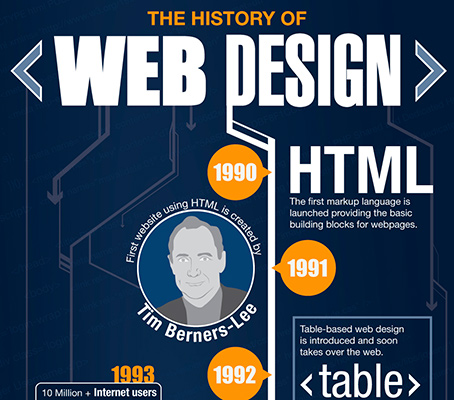Fundamental Elements Of Web Design: Standards For Establishing A User-Centric Site
Fundamental Elements Of Web Design: Standards For Establishing A User-Centric Site
Blog Article
Written By-Wiley Neville
When it concerns website design, making sure user-friendliness is essential. From responsive design to streamlined navigation, every element plays a vital duty in creating a website that caters to your target market's needs. Yet what about the finer information that can make or damage an individual's browsing experience? Stay tuned as we reveal some often-overlooked tips that can elevate your site's functionality to the next level, making it absolutely attract attention in the digital landscape.
Importance of Responsive Layout
Responsive layout is an important element of contemporary web site advancement. Guaranteeing your site is receptive means that it can adapt to different display dimensions and devices, supplying a seamless experience for users.
With the enhancing use of mobile phones and tablet computers to access the internet, having a receptive design is necessary for reaching a broader audience. navigate to this site aids in boosting user experience by making your website simple to navigate and keep reading any type of gadget.
Additionally, responsive layout can favorably influence your online search engine rankings, as online search engine like Google focus on mobile-friendly websites. By having a responsive design, you're additionally future-proofing your site, as new devices with varying screen dimensions continue to emerge.
Simplify Navigating Framework
To boost customer experience and facilitate simple access to info on your web site, enhancing the navigating framework is extremely important. When developing your site, concentrate on developing a clear and user-friendly navigating food selection that assists visitors find what they're seeking promptly.
Limit the variety of menu products to the essentials, organizing relevant web pages together to prevent frustrating individuals. Use detailed tags that plainly suggest the content of each page, making it easier for users to understand where each link will take them.
Think about implementing dropdown menus for subcategories to stop cluttering the primary navigating bar. In addition, include a search bar prominently on the web page for users who choose searching for specific info.
business website content on mobile responsiveness in your navigation layout to guarantee easy gain access to on all tools.
Optimize Web Page Load Speed
Improving page tons speed is important for retaining site visitors on your site. Slow-loading web pages frustrate individuals and can lead to high bounce rates. To maximize page lots rate, beginning by enhancing pictures. Press photos without compromising quality to lower their data dimensions.
In addition, enable internet browser caching to store often accessed resources in your area, quickening lots times for returning visitors. Minify CSS, JavaScript, and HTML data by eliminating unneeded personalities, comments, and format, boosting load speed.
Take into consideration utilizing a material distribution network (CDN) to disperse your website's material throughout several servers worldwide, reducing latency for customers accessing your website from various places. Lastly, limit using third-party manuscripts and plugins, as they can substantially affect lots times.
Verdict
To conclude, by including responsive style, streamlining navigating, and optimizing web page load speed, you can create an easy to use website that interest a broader target market and boosts individual experience. These essential elements ensure that visitors can quickly gain access to and browse your website throughout various devices, bring about raised interaction and satisfaction. By concentrating on these crucial aspects, you can construct an effective web site that keeps users returning for more.
